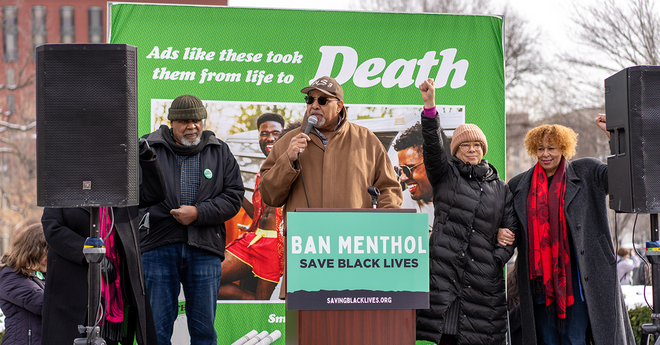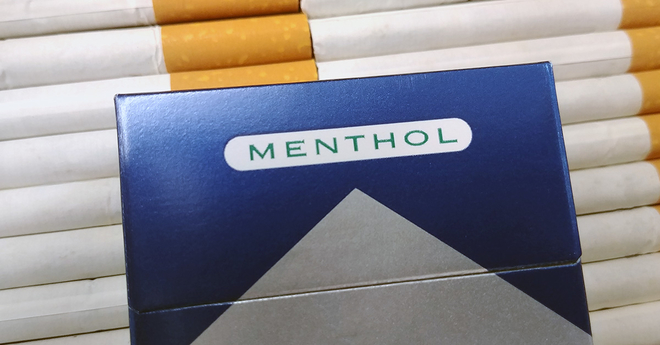Hookah is the most popular flavored tobacco product among youth
Flavored tobacco products are often the first kind of tobacco product youth ever use. In fact, according to a Truth Initiative® study on flavored tobacco use, most youth tobacco users — 81 percent — say the first tobacco product they used was flavored, with hookah having the highest rate of flavored tobacco use among youth who currently use tobacco.
Although federal law bans flavors in cigarettes — except for menthol — it doesn't ban flavors in other tobacco products, including smokeless tobacco, cigars, e-cigarettes and hookah. With this gap in regulation, hookah comes in an array of fruit and candy flavors. The tobacco industry uses these flavors to attract youth and markets flavored products in several ways, including introducing new and limited-edition flavors, emphasizing flavors in advertisements, using colorful imagery on packaging and paying to place products strategically in retail environments.
Flavors play a significant role in drawing youth to use hookah, and they are one of the main reasons youth use the product. The study found that 79 percent of youth hookah users say they use hookah because it comes in flavors they like, and that 89 percent of current youth hookah users use flavored hookah. The latest National Youth Tobacco Survey results show that 630,000 youth used hookah in 2017.
The number one reason that most youth hookah users — 80 percent — say they use hookah is because they like to socialize with it, according to the study. Hookah is often smoked in group settings and at commercial establishments, such as hookah bars. Websites advertising for hookah cafes often promote hookah smoking as a safe, fun, relaxing and “tasty” way to socialize with friends. Social smoking is especially concerning because young social smokers may transition to heavier smoking in adulthood, or continue smoking at low levels over a long period of time — both of which can lead to tobacco-related disease and death.
More than half — 56 percent — of youth believe that flavored hookah is easier to smoke or use than unflavored hookah, the study found. Many people also think hookah is less harmful to them than cigarettes, including the 61 percent of youth hookah users who say this belief is the third main reason why they use hookah.
However, hookah smoke exposes users to a significant amount of nicotine and many of the same toxicants found in cigarette smoke. Research has found that a typical one-hour long hookah smoking session can result in inhalation of the amount of smoke produced by 100 or more cigarettes. While research on the health effects of hookah use is limited, it indicates that hookah users may have a greater risk of lung cancer, respiratory illness, periodontal disease and coronary artery disease.
In May 2016, the Food and Drug Administration finalized a rule that brought hookah products under its regulatory authority. However, there are currently no federal laws or regulations restricting flavored hookah products. Given their well-documented appeal to youth, Truth Initiative has repeatedly called on the FDA to issue a rule banning the sale of all flavored tobacco products, including hookah.
For more information on flavored tobacco products and hookah, read the Truth Initiative fact sheet on flavored tobacco use among youth and young adults and the fact sheet on hookah.



